The core content creation team here at BestCarAudio.com has about 150 years’ worth of experience in the car audio industry. In that time, we’ve seen the best and the worst do-it-yourself installations to ever see the light of day. In many instances, examples of amazing craftsmanship have turned into employment opportunities in the industry. While we love to hear about people willing to experiment, upgrading modern vehicles has become more and more difficult and requires special training and tools. When things don’t go as planned for the DIY installer, the results can be frustrating and expensive.
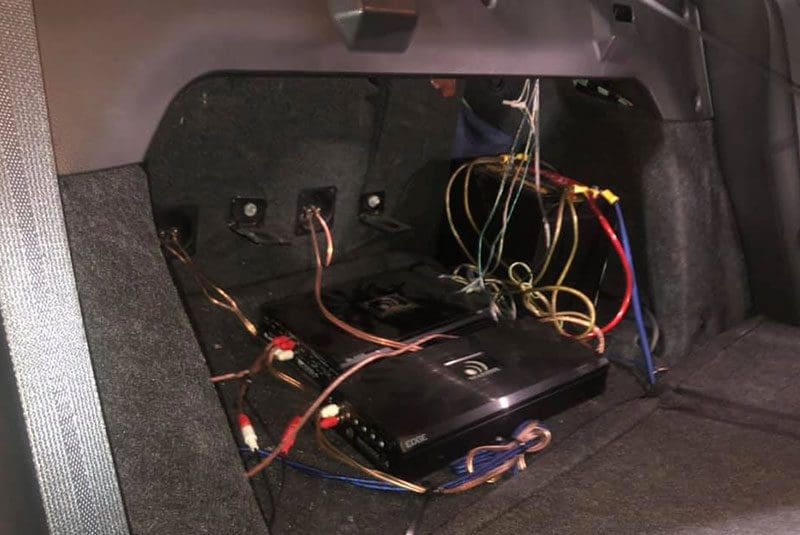
When Things Go Right
If the person doing the DIY installation has done their research, chosen high-quality products and taken the time to execute their plan carefully, the results can be pretty good. The process is likely to take a lot longer than dropping your car off at a specialist. That time may not be of value to some, and overcoming challenges and researching solutions can be part of the fun of the project.
The key to succeeding is in knowing your limitations. If you don’t know how to use power tools, then it’s unlikely you’ll be able to construct a subwoofer enclosure. If you don’t have the proper automotive-grade adhesives, vinyl applied to panels and pods will likely peel or bubble once they get warm. At the most fundamental level, if you don’t own and know how to use a multimeter, troubleshooting any problem that comes up is likely going to be impossible.
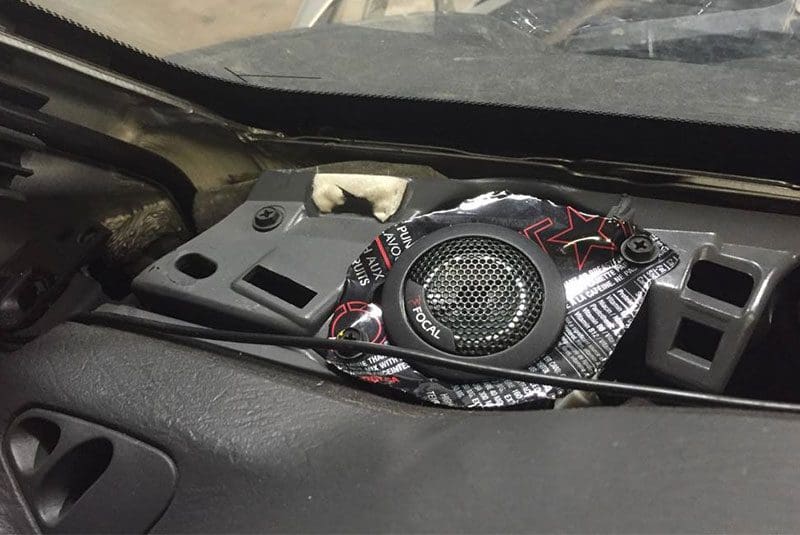
What Is a Car Audio Professional?
For those of us who have been at this for more than a few decades, our expertise has come from research and experimentation. Those in the industry who have made a conscious decision to learn as much as they can about electronics, acoustics, fabrication, sales, management, customer service and marketing have become the cream of the crop in the industry. The difference between someone who is simply employed in the mobile enhancement industry and one who is dedicated to delivering a world-class solution is their commitment to their craft. It takes training, practice and a willingness to learn new processes on a daily basis to not only thrive but to survive.
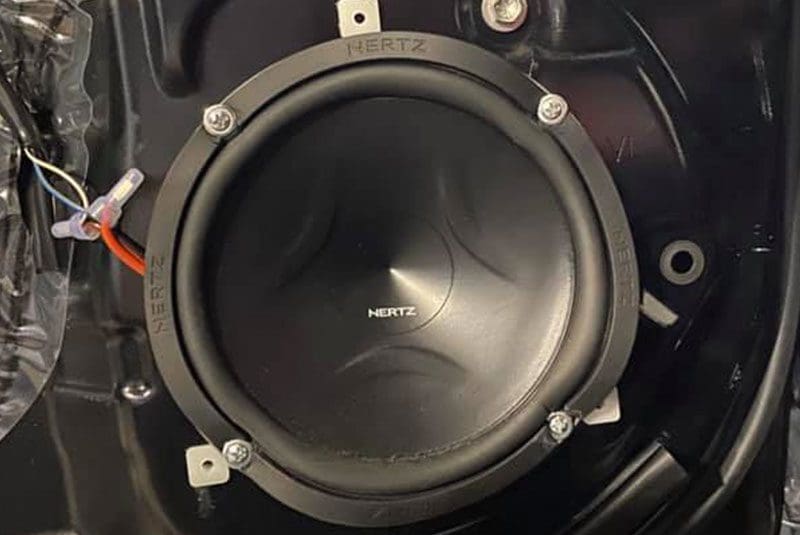
You Need a Reliable Source of Information
If you’ve spent more than 60 seconds reading a DIY audio Facebook group, then you’ve probably already found a few half-truths and maybe a complete misunderstanding about the laws of physics. Nonsense about distortion damaging speakers, why you need lasers to create A-pillars and malarkey about phase plugs improving off-axis speaker performance are rampant, go un-checked and are often repeated by those who don’t have a grasp on how things really work.
If you are planning a DIY installation, you will want to partner with a local retailer who can help you choose solutions that are going to work with your vehicle and are suitable for installation at home. The latter refers to interface components and modules that need to be flashed or programmed by an authorized dealer to function properly.
Be forewarned: Some retailers won’t sell products over the counter. These shops have likely been burned by people trying to complete their own installations and have subsequently damaged the equipment. In all honesty, the repair of those products shouldn’t be covered under the manufacturer’s warranty. Warranties exist to repair defects, not to compensate for improper installation or configuration. About 99% of all warranty statements cover this.
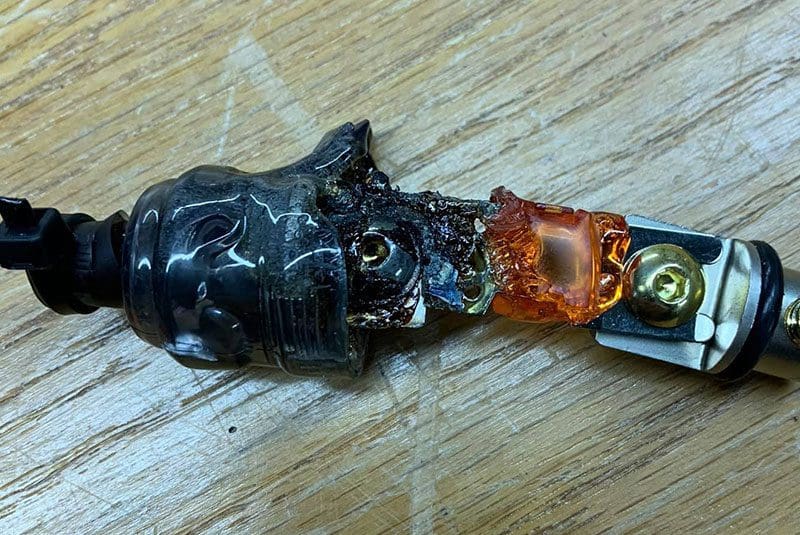
The other issue is time. If you walk into a busy stereo shop and announce that you want to do the work yourself, you may find that the staff would prefer to focus on clients who are also paying for their installation expertise. It’s simple math: The business will make more money from the other customer. If the salesperson is paid on commission, well, you’re smart enough to figure this out.
Another concern is intellectual property. A competent technician working at a mid- to high-end retailer may invest hundreds of hours and thousands of dollars attending training events around the country each year. They use what they learn to earn a living. As such, he or she may not be willing to share the processes or procedures required to do their job.
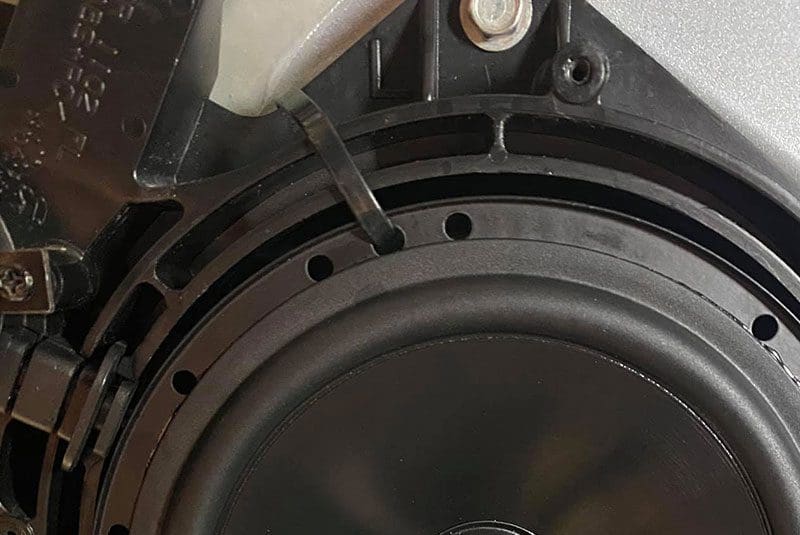
When DIY Car Audio Goes Wrong
We are going to look at one of the most common examples of a DIY car audio upgrade project gone wrong. This story comes from a store owner in Greenwich, Connecticut. A customer came into his store and reported that he had tried to install a radio in a 1998 Nissan sedan. He gave up because it was, as he put it, too complicated. The customer also reported that the vehicle’s turn signals no longer worked.
The store owner asked to inspect the work and found that the plugs on the factory radio wire harnesses had been removed and the customer had guessed at which wires went where. The store owner offered to order new plugs and solder them in place, then test the vehicle to see if anything was damaged. If, by some stroke of luck, everything was still functional, they could then proceed with the installation of the new radio and mounting the Bluetooth microphone. Assuming everything went as planned, he’d charge about $250 for the work. The vehicle owner left in a huff because he felt that was too much money.
This scenario happens daily in the mobile enhancement industry. Customers hoping to install their own amplifiers, speakers, lighting upgrades and radios themselves aren’t willing to pay for the expertise to have the work done properly.
There will likely be $100 in diagnostics charges to determine what is damaged. If the door lock control circuit built into the driver’s door has failed, that part is about $170, plus labor to replace. The bill could easily exceed $400.
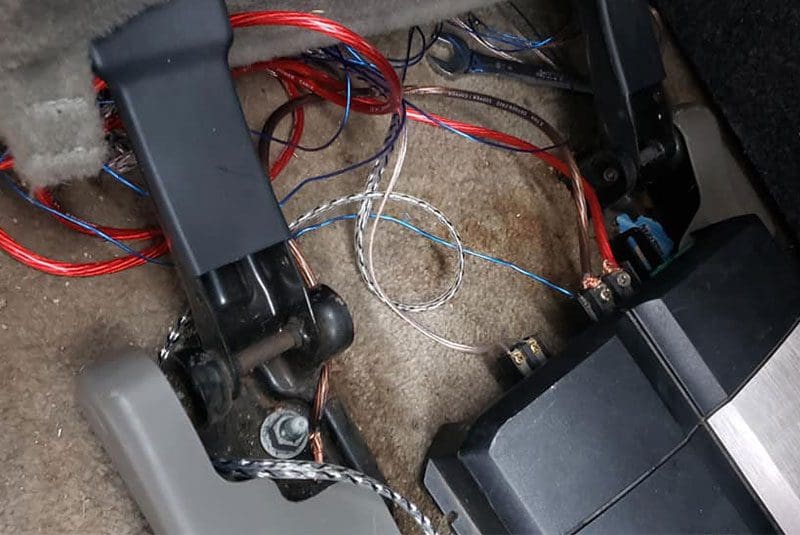
Respect Those with Experience
If you have gotten yourself in over your head with an upgrade project, stop. Don’t experiment. Certainly, don’t guess. In some cases, don’t even try to undo what you have done. Contact a local professional and provide them with as much information as is reasonable to explain the situation. If they are willing to help, it’s best to let them explain what the next step is. Once again, not all shops will want to touch the vehicle. We refer to this as “avoiding being married to a potential problem.” If you have damaged the electronics in the car, it’s impossible to know what is broken without investing time diagnosing the issues. Repairing or replacing body control modules or radio modules can cost thousands of dollars on top of those labor expenses.
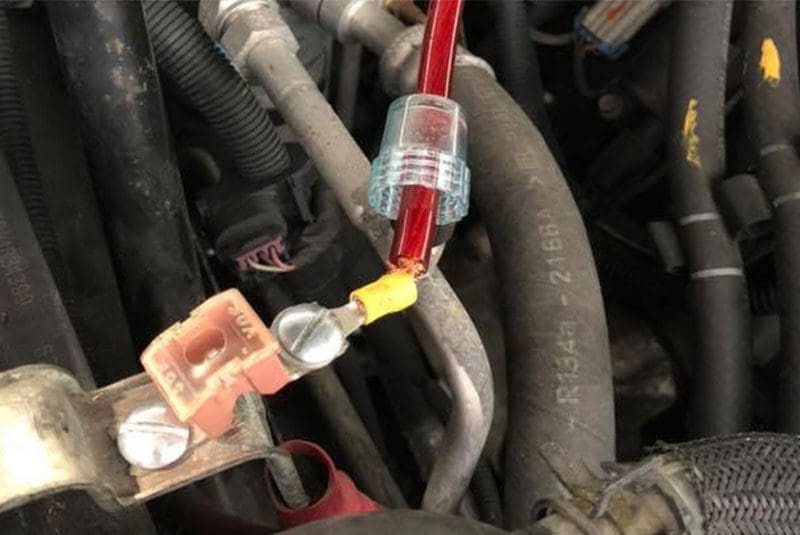
If you wish to undertake a DIY installation, do as much research as you can. Don’t trust the “guy on the internet” or your “uncle who used to do this all the time.” If you aren’t comfortable or qualified, you have to determine whether the risk is worth the reward. Spending an extra $100 on labor with a professional to potentially prevent a four-digit repair bill is a wise investment. Upgrading the audio system in your vehicle is an amazing experience and one that can make your time behind the wheel much more enjoyable. We want the entire process to be as smooth and trouble-free as possible.
This article is written and produced by the team at www.BestCarAudio.com. Reproduction or use of any kind is prohibited without the express written permission of 1sixty8 media.
This article is written and produced by the team at www.BestCarAudio.com. Reproduction or use of any kind is prohibited without the express written permission of 1sixty8 media.
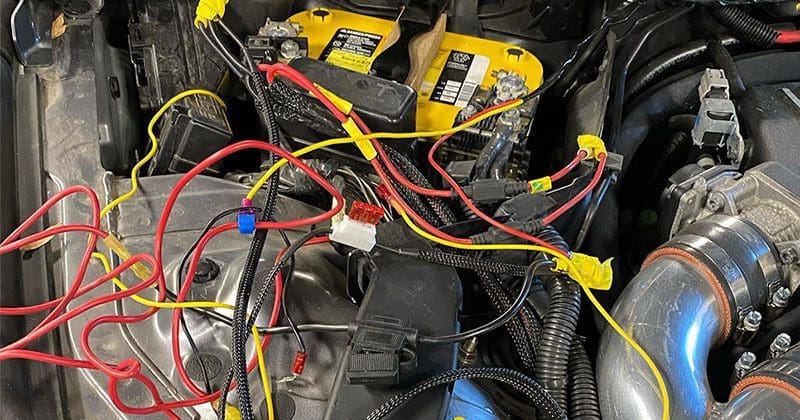
Leave a Reply